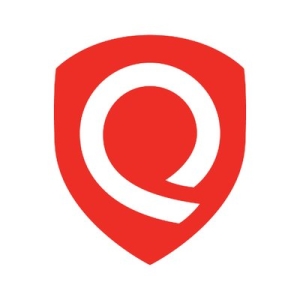We have prioritized products for automated patching. This means that whenever a vendor releases a patch, it is seamlessly and robustly applied. Qualys VMDR detects vulnerabilities and correlates them with relevant patches in the Qualys Patch Management module. Although separate databases, they work together to provide a comprehensive solution for identifying and remediating vulnerabilities. When VMDR detects a vulnerability, it identifies corresponding patches released in the Patch Management module, streamlining the patching process. Before the pandemic in 2020, we relied on remote scanning, which limited our ability to deploy and manage patches effectively. Our on-premises SCCM server struggled to push patches to remote users relying on VPN. To address this, we deployed the Qualys Cloud Agent on all 360,000 assets in our infrastructure. This provided comprehensive vulnerability detection, unlike the limited results from remote scans. However, the sheer volume of vulnerabilities overwhelmed our SCCM server. Consequently, we collaborated with Qualys to develop a backend solution integrated with the Cloud Agent for seamless patch management. After successful testing and implementation, Qualys Patch Management now efficiently handles patching for Windows, Linux, and macOS devices. Qualys Patch Management provides a centralized platform for managing assets and vulnerabilities, enabling assessment, prioritization, and remediation. We rely on Qualys for both vulnerability detection and patch deployment. We initially faced challenges as the IT team was hesitant about Qualys Patch Management, and the deployment of cloud agents revealed millions of vulnerabilities. However, Qualys Patch Management significantly reduced these vulnerabilities, particularly on our Windows machines, which comprise 70 percent of our systems. The team observed a 70 percent remediation rate through scheduled patching, establishing Qualys as a reliable source of truth. Consequently, they shifted from relying on SCCM or Intune to Qualys Patch Management for scheduling patching jobs to meet our five-day SLA. With Qualys publishing QIDs the day after vendor patch releases, automated jobs promptly deploy patches to all machines upon vulnerability detection. Qualys Patch Management helps lower operational costs and enhances our security posture by reducing vulnerabilities and streamlining compliance efforts. I have observed an improvement in our patch rate using Qualys Patch Management. Qualys now facilitates over 80 percent compliance within five days, a task that previously required the IT team 12 days to accomplish. By integrating Patch Management with VMDR, we gain immediate vulnerability detections and leverage TruRisk values to derive our own severity rankings for prioritization. These prioritized vulnerabilities are then addressed using the Qualys Patch Management Module, streamlining our remediation process. Qualys Patch Management has helped reduce our organizational risk by providing current vulnerability data, including exploitability and active threat information. The platform's live threat feed and risk score enhance the standard CVSS rating by considering factors like active malware association and exploit availability, allowing us to prioritize patching efforts effectively.





